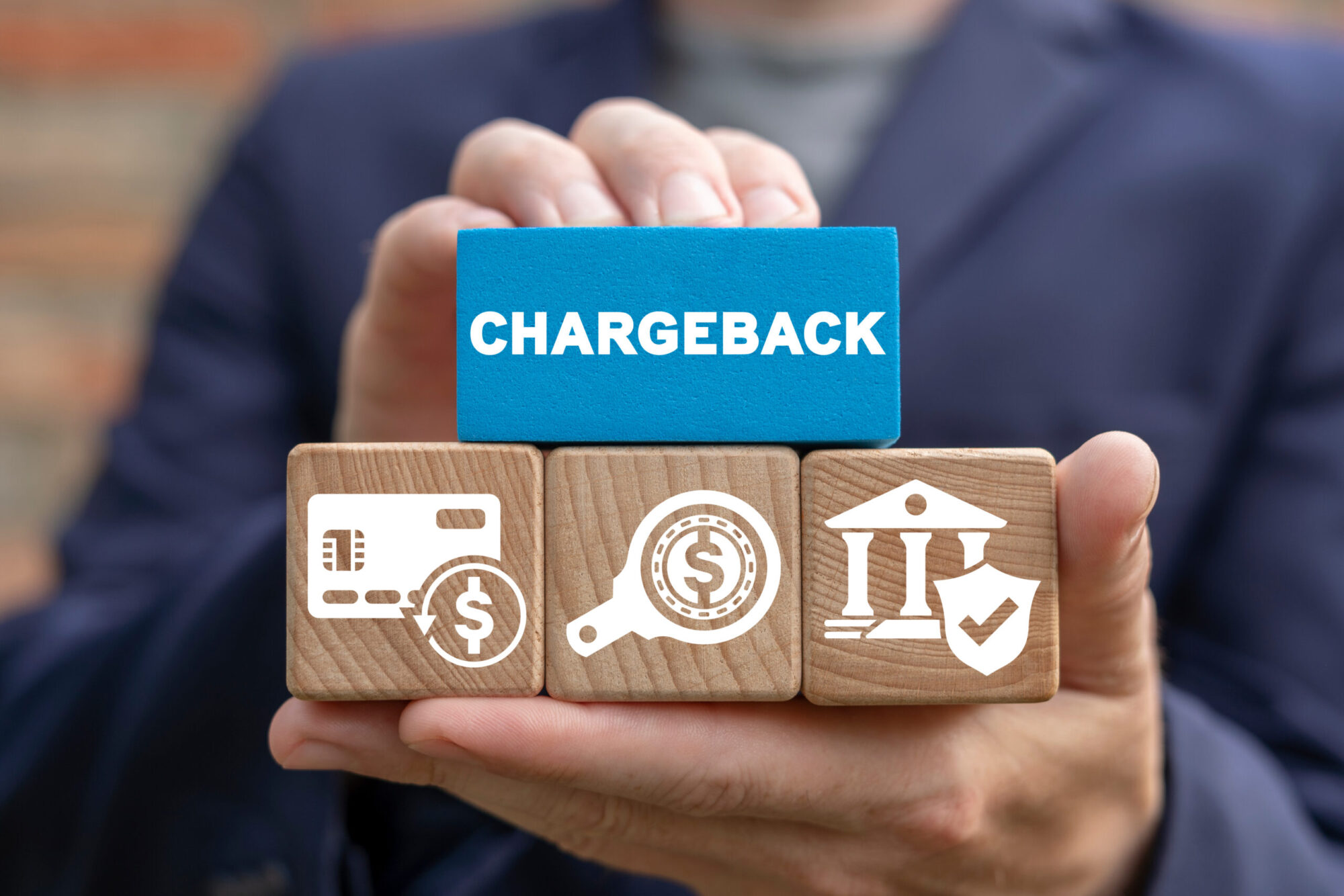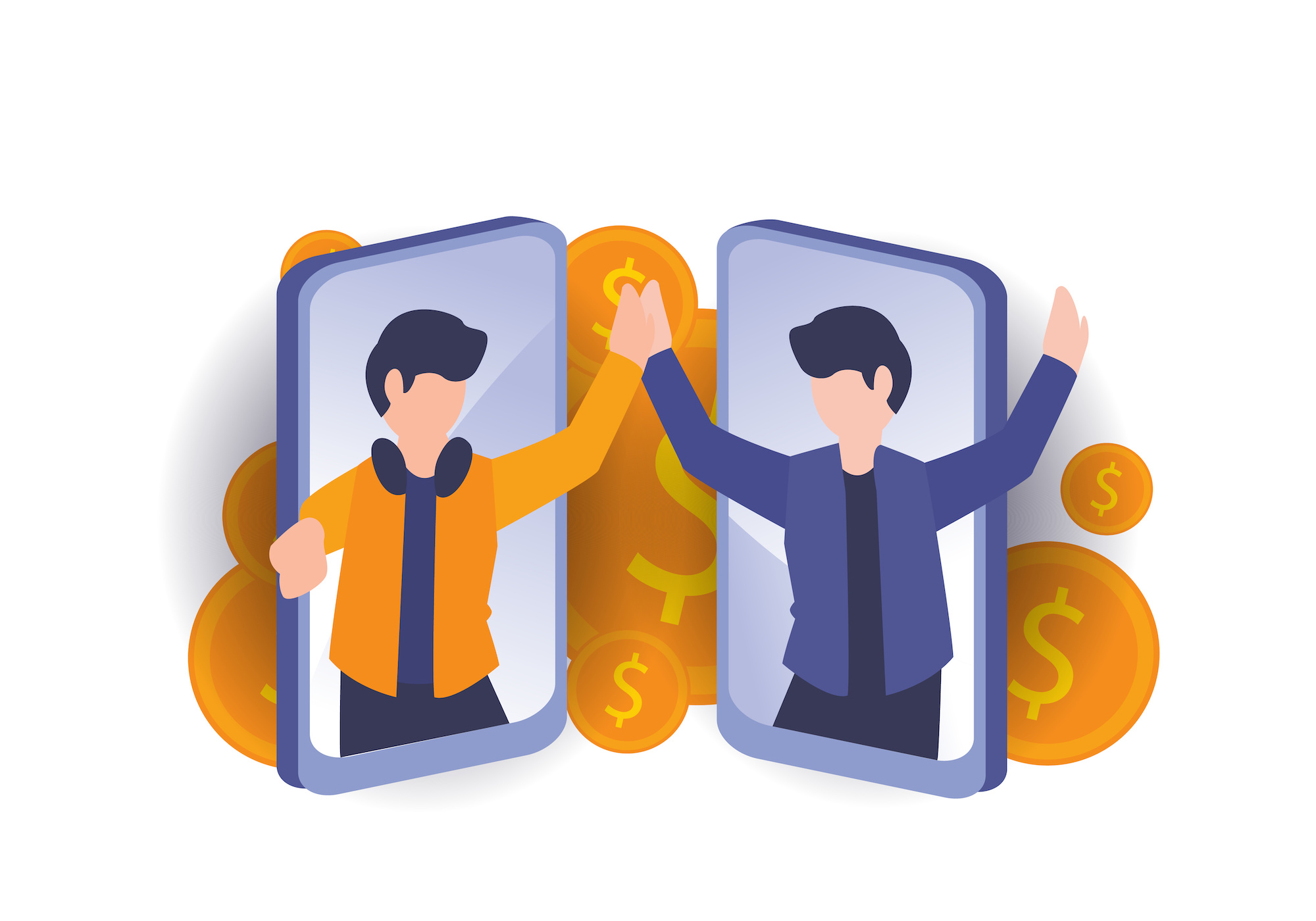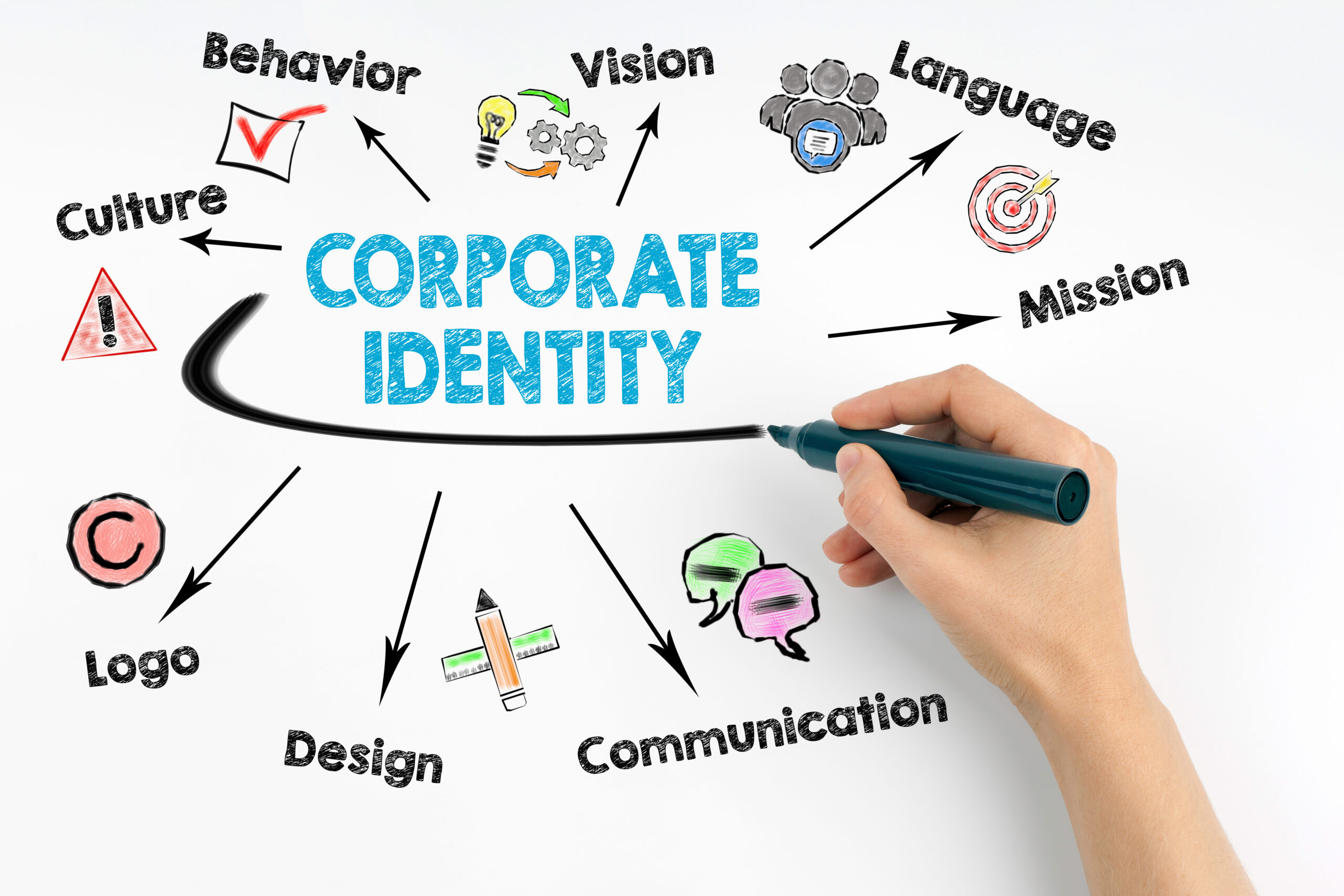Security stakes are the central concern when people turn to credit card payments. When the customer informs the bank about any fraudulent activity or transactions in their account, the bank transfers back the said amount in some cases. In simple terms, this is called a chargeback.

A chargeback, also known as a credit card dispute, occurs when a cardholder challenges a transaction and requests that their card-issuing bank reverses it.
The ability to challenge a payment is intended to protect customers from fraudulent transactions, but it can cause major headaches for companies, primarily when payments are issued incorrectly.
When a chargeback or credit card dispute occurs, the disputed funds are withdrawn from the company until the card issuer settles the issue. If the bank rejects the application, the funds will be returned to the cardholder. If the bank rules in the merchant’s favor, the disputed funds will be returned to the merchant.
In a nutshell, a chargeback or a credit card dispute is a type of consumer service in which the bank returns the disputed value to the cardholder when a transaction is found to be fraudulent.
Chargebacks can be expensive for a company, and in the worst-case scenario, they can result in significant losses. Unfortunately, this can be a time-consuming and complex process that involves a mountain of paper and documentation.
Fraudulence
When the cardholder did not approve the fee, the chargeback is referred to as fraudulent. Fraud is one of the most popular credit card dispute causes, and it’s also one of the most difficult for merchants to dispute. It happens when a third party makes a transaction using stolen card information.
Unprocessed Credit
Under such circumstances, a cardholder returns an object in the hopes of receiving a refund or an account credit but receives none. The explanation for the return may be anything from buyer’s remorse to a user’s mistake while making an online purchase.

Customer Dissatisfaction
If cardholders are unhappy with your product or service, they can file a dispute. This usually is due to physical flaws or an item not being as advertised in the case of goods. The standard of services is more subjective and difficult to assess.
A chargeback marked as SUBSCRIPTION CANCELED happens typically when the consumer was paid after canceling the subscription. These chargeback explanations usually stem from a misreading or misunderstanding of the subscription terms and conditions or whether the customer expected and did not receive a notice before each recurring charge.
This can also happen if the website contains secret information that states that the customer will be paid automatically after the free trial period has ended. The same goes for ambiguous or undisclosed billing methods.
Customers can file a chargeback even after receiving the product or service if they believe they are entitled to a refund, so there should always be ample evidence.
Dishonest Clients
Although some consumers make honest mistakes, other customers prefer to have their cake and eat it, too. Some people place valid orders in the hopes of getting free products. After making a high-priced purchase, some people can experience buyer’s remorse.
Others may have missed the deadline for returning a product but can expect a refund. Whatever the reason for the conflict, these consumers attempt to game the system to obtain an excessive refund by chargeback fraud.
Card-Not-Present
Fraudsters compromise a person’s confidential financial details and then use the bank account or credit card information to make fraudulent transactions, accounting for a large percentage of credit card disputes or chargeback.
When consumers discover that their credit cards have been compromised, they usually contact their credit card companies to deny the fraudulent charges and close their credit card accounts.
Chargeback: How Is It Done?
Customers who dispute the payment with their issuing bank request a transaction reversal or chargeback get provisional credit while the merchant, issuing bank, and acquiring bank investigate the allegation.
- When a cardholder challenges a payment with their issuing bank, a provisional credit is granted. To seek more information, the issuing bank sends a retrieval application to the acquiring bank.
- If the conflict can be settled, the acquiring and issuing banks do so; otherwise, the acquiring bank sends a chargeback notification to the merchant.
- The merchant will accept the chargeback or contest it by resubmitting the charge and providing the requisite proof to disprove the argument by representation.
- The issuing bank will review the relevant revelations before a final decision is made. The provisional credit will be revoked and credited to the merchant if they find it in favor of the merchant.
- Any party dissatisfied with the ruling can request a re-examination, which pushes the chargeback mechanism into the pre-arbitration phase.
- If the banks cannot reach an agreement during the pre-arbitration stage, the process will proceed to arbitration. The card network will examine the facts until a final decision is made.
Concluding Thoughts
All in all, the more knowledgeable you are about a chargeback, the more effectively you can combat them and prevent their recurrence.




